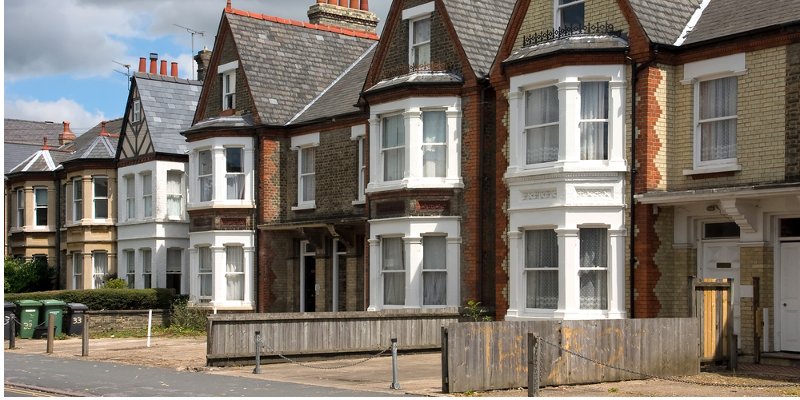Although large percentage increases have been seen in mortgage possession actions, they remain within a range consistent with volumes seen across the previous four years, whilst landlord possession actions continue to follow the long-term downward trend.

BetweenOctoberandDecember 2017mortgage possession actions have increasedwhilelandlord possession actions have generally decreased, The Ministry of Justice has found.
Although large percentage increases have been seen in mortgage possession actions, they remain within a range consistent with volumes seen across the previous four years, whilst landlord possession actions continue to follow the long-term downward trend.
Mark Pilling, managing director of Spicerhaart Corporate Sales, whichdeals with arrears and repossessions on behalf of lenders, said: “The latest mortgage and landlord possession statistics show that after years of falling possession rates, all mortgage possession actions have increased, with mortgage possession claims up 30% to 5,648 - that is more than 15 a day. Orders are also up 29% and warrants are up 30%.
“And while it is probably too early to say if this is a reversal of the downward trend or just a temporary fluctuation, last month’s mortgage lenders and administrators showed that mortgage arrears had increased for the first time in two years.
“So when you consider both sets of stats, plus the fact many people are now relying on credit cards for everyday purchases (credit card debt is at record highs) this could be the beginning of a more permanent trend.”
Mortgage possession actions claims have increased, but remain at a similar level to the previous four years. Compared to the same quarter last year, mortgage possession claims have increased by 30%. Figures across all possession actions remain at a similar level to the previous four years.
Mortgage orders, warrants and repossessions by county court bailiffs have risen by 29%, 30% and 5% respectively.
Median average time from claim to repossession has increased to 55 weeks from 42 weeks in October to December 2017, however, it has been variable within a range of 34-81 weeks for the past two years.
Landlord possession claims, orders and repossessions by county court bailiffs have decreased by 8%, 5% and 3% respectively compared to the same quarter last year.
Warrants have increased by 2%. The general fall across landlord possession actions continues the long-term decreasing trend seen since April to June 2014.
Median landlord possession action timeliness has increased across all stages but remains broadly stable over time.
The North West had five of the highest 10 repossession rates. No repossessions by county court bailiffs were recorded during this period in 89 local authorities.
Pilling added: “The data also reveals that there is still very much a North-South divide, with five of the highest repossession rates in the North. Middlesbrough was the highest, with 53 per 100,000 households, followed by Barrow-in Furness and Blackpool.
“The North also had the highest rates of actual repossessions, and while arrears and possessions have always been higher in the North, over the next few years, it could get even worse. We have already seen a number of new ‘hot spots’ such as Manchester and Blackpool, and as people look to move out of “London we could see house prices pushed up even further, impacting affordability and therefore arrears and possessions.
“Repossession should always be the last resort and lenders should always look to find another option if it is available.
“We can help lenders find solutions that best suit them and their customers, so it is important that lenders start looking at all their borrowers and identify those who are already having difficulties managing their mortgage or are likely to.”



